PROFESSOR OF CELLULAR NANOSCIENCE @UNIVERSITY OF TUBINGEN
Ultraresolution picotensiometry of kinesin motors
Simultaneously measuring the nanoscale motion and forces that molecular machines generate provides insights into how they work mechanically to fulfill their cellular function. To study these machines, we developed germanium nanospheres as probes for optical tweezers. With these high–refractive index nanospheres, we have improved the spatiotemporal resolution of optical tweezers and discovered that the motor kinesin takes 4-nanometer substeps. Further, instead of detaching from their microtubule track under load, motors slid back on it, enabling rapid reengagement in transport. Germanium nanospheres are promising for bioimaging, sensing, optoelectronics, nanophotonics, and energy storage. For optical trapping, the nanospheres open a new temporal window by which to uncover hidden dynamics in molecular machines


